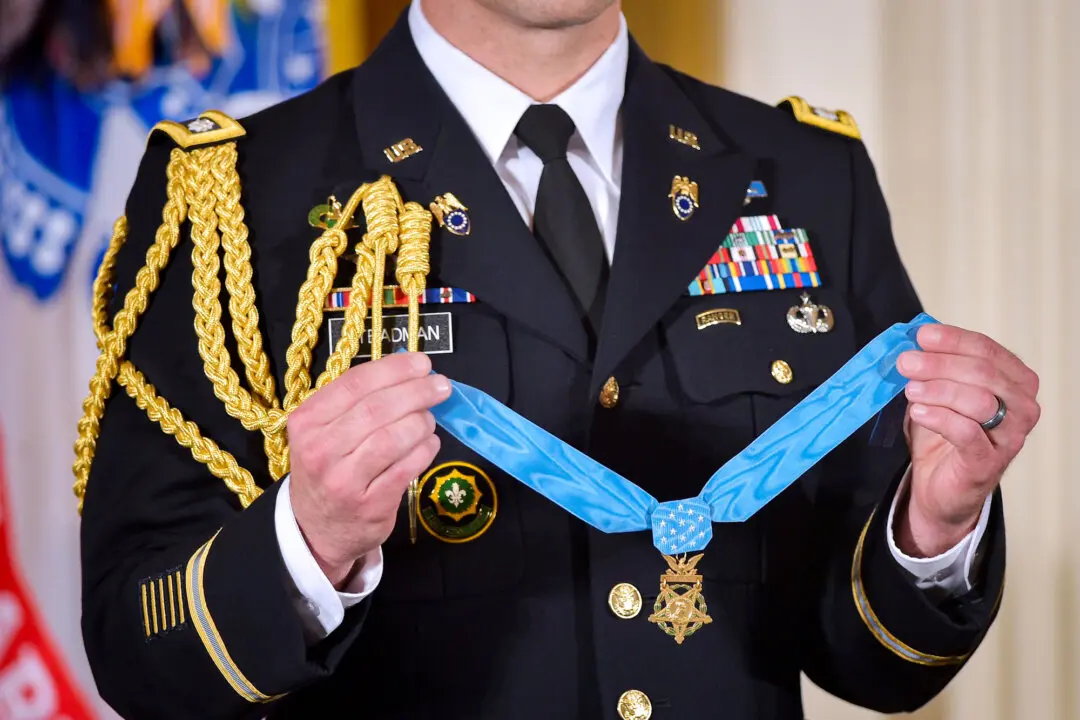Since my boyhood, I have admired many men and women from the past. In my younger days, most of these heroes were soldiers: Robert E. Lee, Stonewall Jackson, and Audie Murphy, just to name a few. Later, my pantheon of heroes grew in scope and included luminaries like Booker T. Washington, Joan of Arc, Ignaz Semmelweis, Pope John Paul II, Theodore Roosevelt, and, most recently, Melania Trump. Ernest Hemingway, F. Scott Fitzgerald, and Marjorie Rawlings also fascinated me.
America’s Greatest Philanthropist ...
Born in Scotland in 1835, Andrew Carnegie immigrated with his family to the United States at age 13, settling in Pittsburgh. There, the boy found work in a cotton factory. By the time he was in his early 30s, young Carnegie had earned his first fortune, and went on to become a major figure in the steel business. In 1901, he sold his company to John Pierpont Morgan for the then-stunning figure of $480 million, making him one of the richest men in the world.Until his death in 1919, Carnegie spent much of his time giving away this fortune. He once stated “the man who dies thus rich dies disgraced,” and he lived by those words by lavishing most of his wealth on charities and causes. He donated more than 7,000 organs to churches here and abroad, established foundations for the study of science and education, and built New York’s Carnegie Hall.
With his fortune adjusted to today’s dollars, Carnegie remains the most generous philanthropist in human history.

... And Why He’s My Favorite
Noble as these deeds were, they do not account for my attraction to Carnegie. No, the reason this tiny tycoon—he was only 5 feet, 3 inches tall—stands on a pedestal in my gallery of heroes has to do with books. Carnegie, who received the barest of educations, gave money for the building of more than 2,800 libraries around the globe, the majority of them in the United States. Clearly, he wanted to bring to others the education denied him by his early circumstances.Our Generous Nation
Like Carnegie, many Americans have been generous with their money, time, and resources. John Huebler, in his online article “Philanthropy Described in ‘Democracy in America’ by de Tocqueville,” points out that though Alexis de Tocqueville never used the word philanthropy in his classic work, he did express his admiration for the various associations of American citizens who gathered together and pooled their resources to help others.“Between 70 and 90 percent of U.S. households make charitable contributions every year, with the average household contribution being about $2,500. That is two to 20 times as much generosity as in equivalent Western European nations. In addition, half of all U.S. adults volunteer their time to charitable activities, totaling an estimated 20 billion hours per year.
“The result: A massive charitable flow of $449.64 billion per year, with 79 percent coming from generous individuals. Only 17 percent of all annual charity in the U.S. comes in the form of foundation grants. Just 5 percent is contributed by corporations.”
The Gift That Kept on Giving
“The Almanac of American Philanthropy” also features an inspiring story about one such benefactor, Oseola McCarty of Hattiesburg, Mississippi. Forced to drop out of school in the sixth grade to care for her sick aunt, McCarty spent more than 70 years washing clothes to earn a living. She had such high standards that when she found the washer and dryer she’d purchased in the 1960s didn’t get the clothes as clean as she wanted, she went back to scrubbing and drying them by hand.And she saved her money. By the time she retired at age 86, she had banked $280,000. Of this sum, she donated $150,000 to the University of Southern Mississippi—an institution just a few blocks from her house—to assist students who couldn’t afford college. Interestingly, McCarty had never set foot on campus before making this donation.
When asked by a reporter why she hadn’t spent the money on herself, McCarty replied with a smile.“I am spending it on myself,” she said.
Together We Make a Difference
Lots of enterprises in this country depend on generous donors to keep their doors open. Our churches, many of our private schools and colleges, our food banks, and thousands of other organizations rely on financial gifts to help others. Here’s just one recent example of the importance of such largesse. The Smoky Mountain News—for which I’ve written book reviews for 20 years—depends heavily on advertising revenue for funding. When the pandemic greatly reduced that income, the paper survived in part because of donations from its readers.And as was the case with the paper, every little bit helps. We can’t all be Andrew Carnegie or Oseola McCarty, but that $20 check we slip into the collection basket at church, or that small donation we make to a grandson’s private school, helps keep those enterprises afloat.
Looking back at McCarty’s answer to the reporter, “I am spending it on myself,” I know she meant her gift-giving had brought her great joy. But I also think that she understood she was improving her community and the wider world, and was getting payback on that investment by helping others thrive. However small, our gifts to worthy organizations and individuals do the same.
We’ve all gone through a tough year, a dark time in our history, and these days our nation and its values seem constantly besieged by an army of critics. But when we pause and reflect on the wonderful charity practiced by so many of our fellow citizens, we can take pride in America and in our long tradition of giving and generosity.






